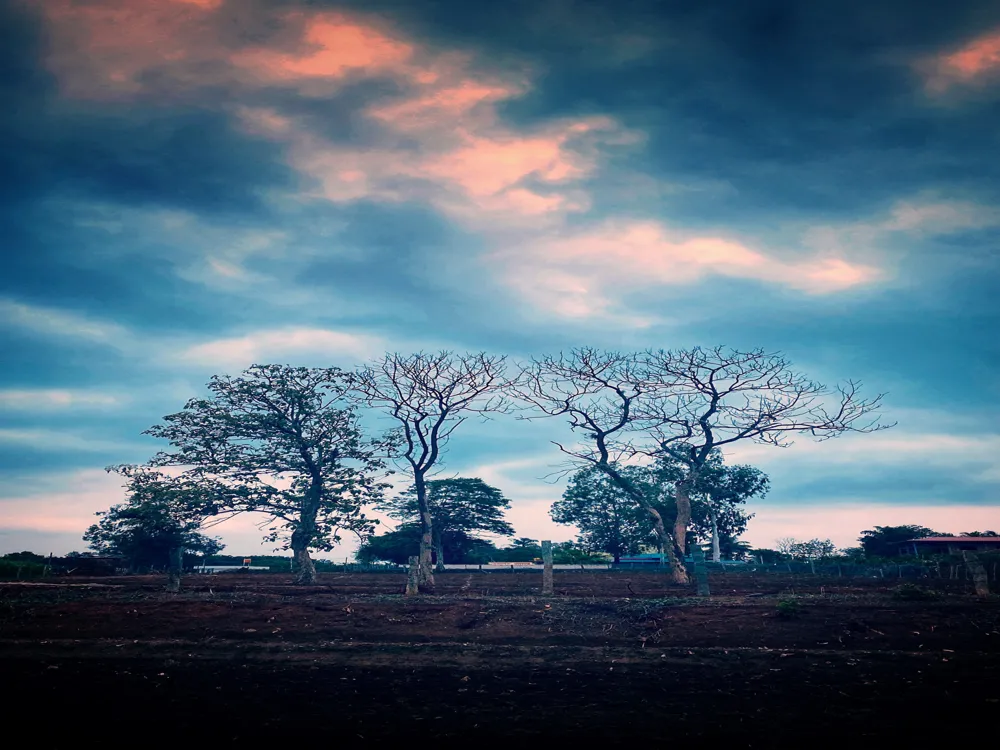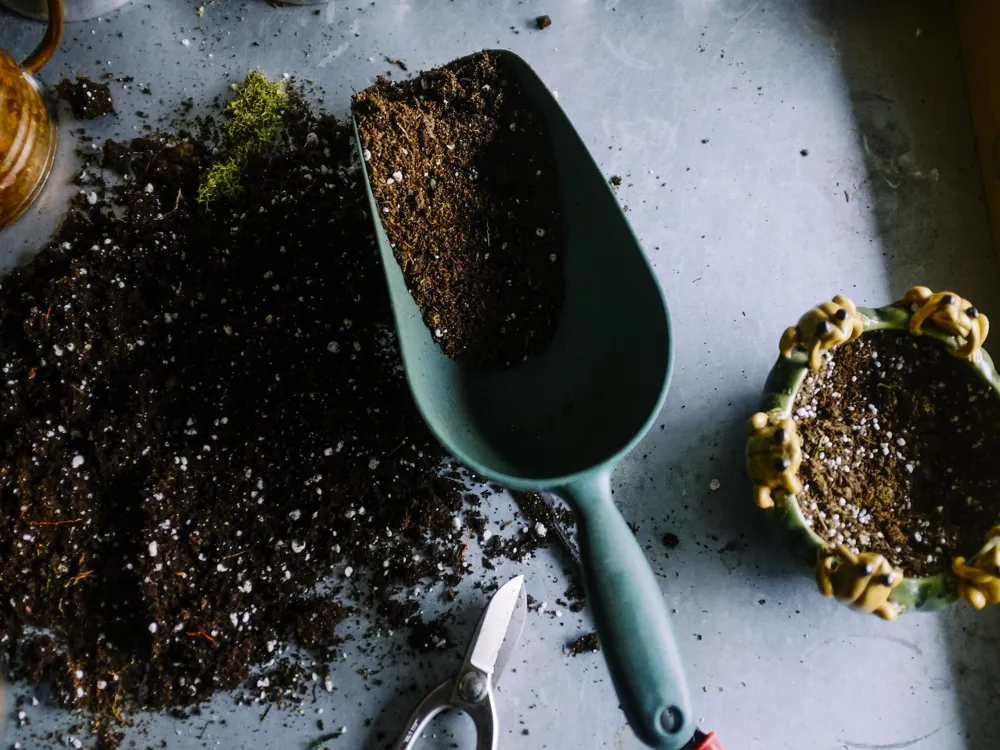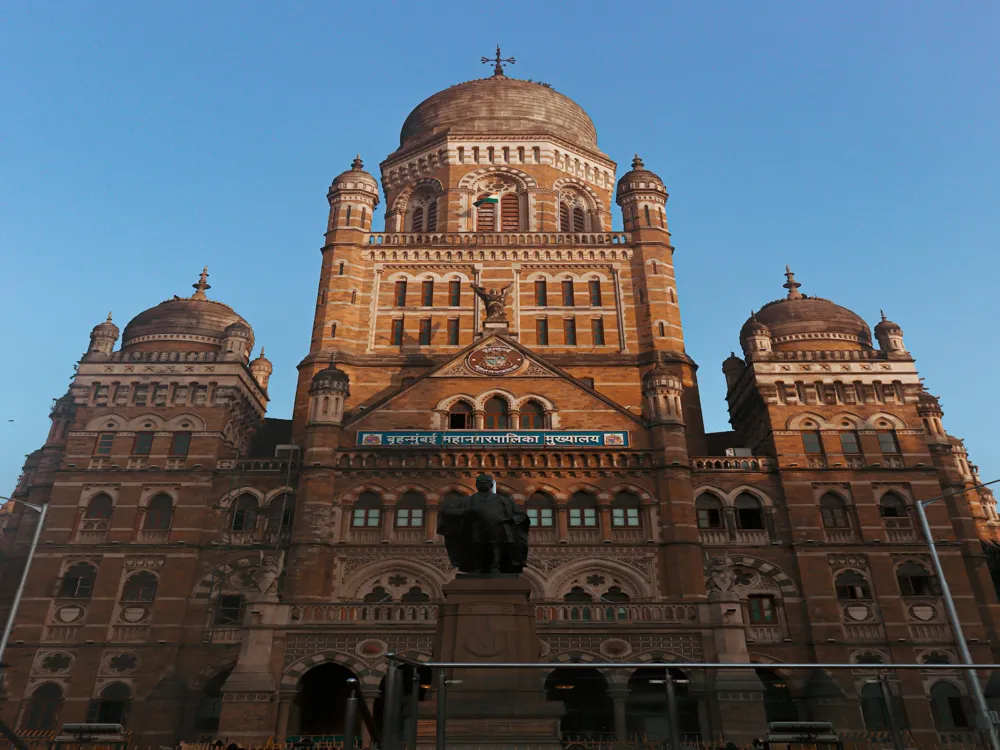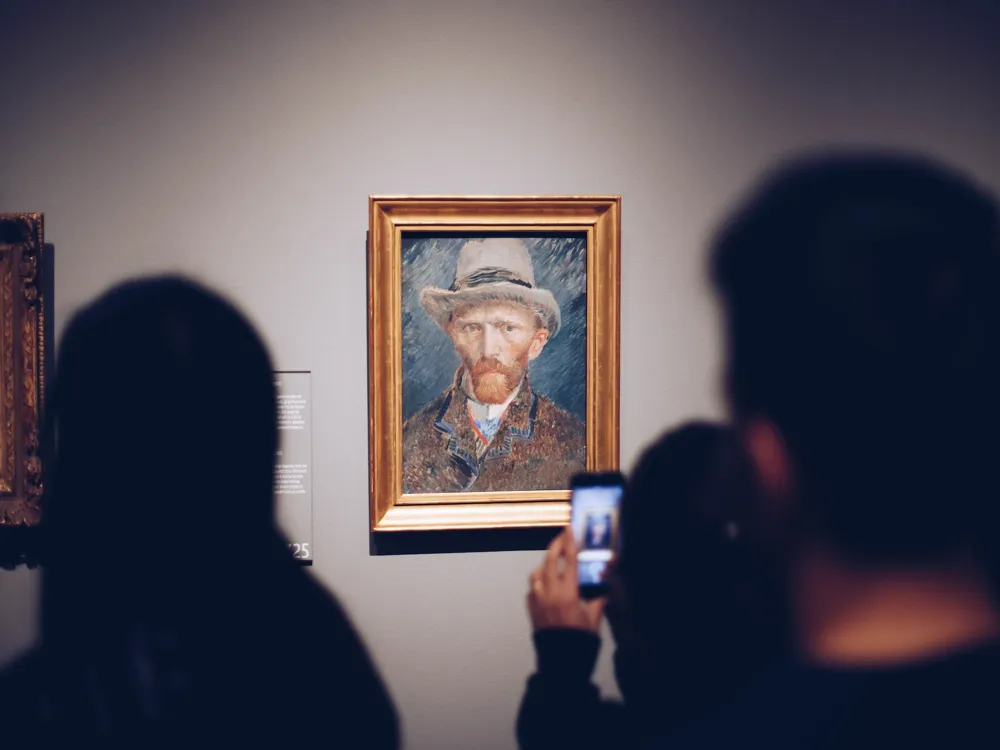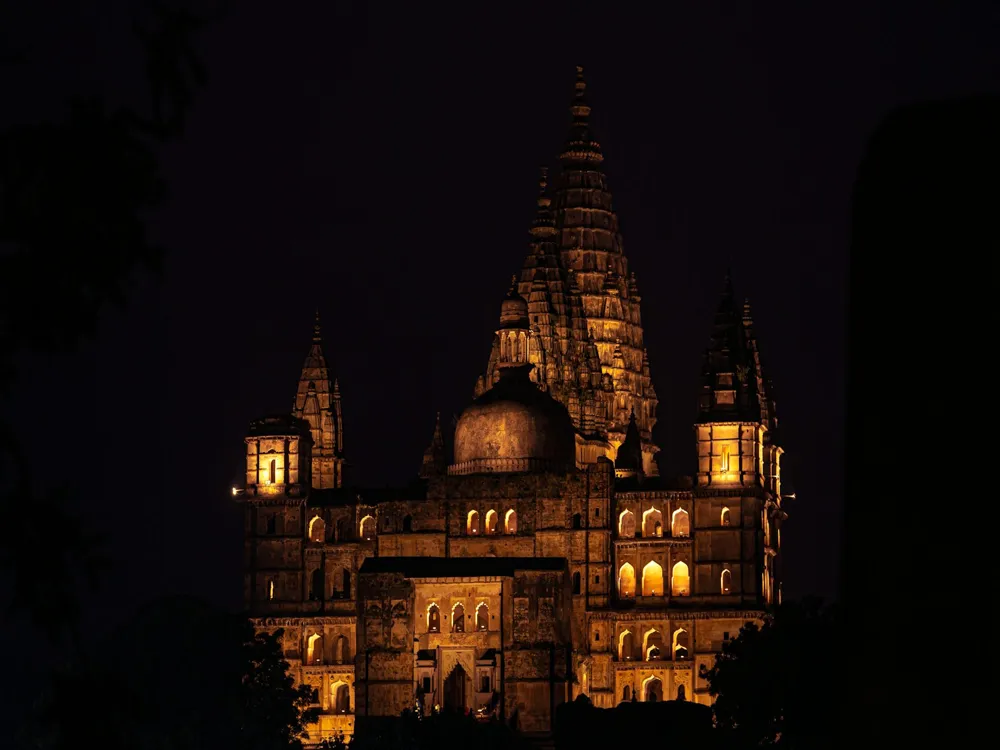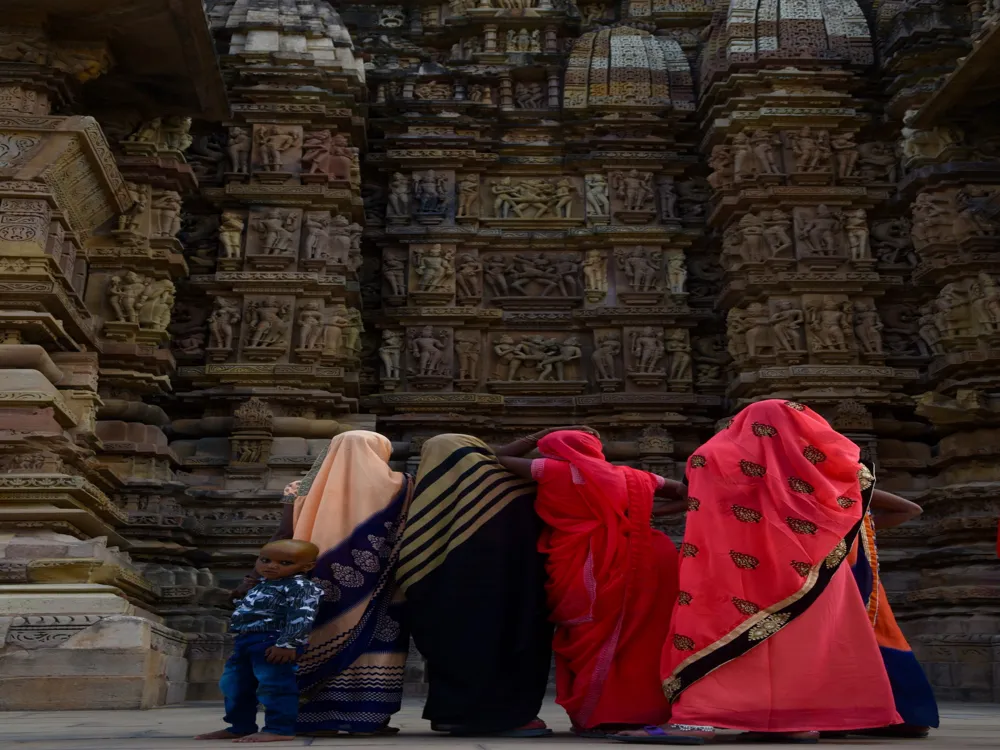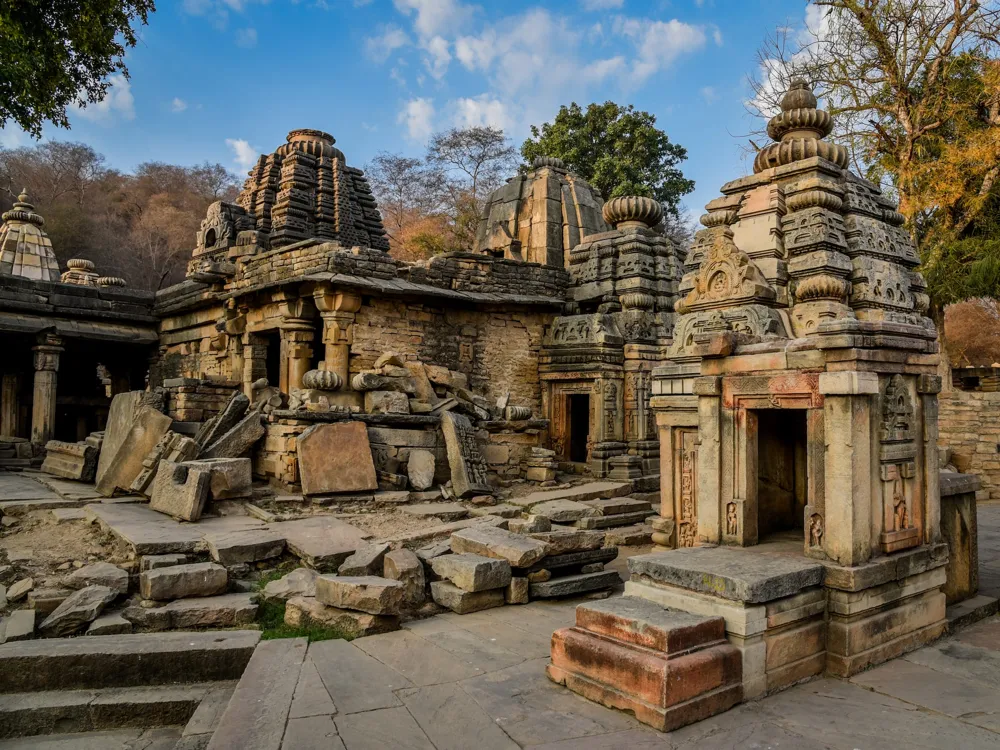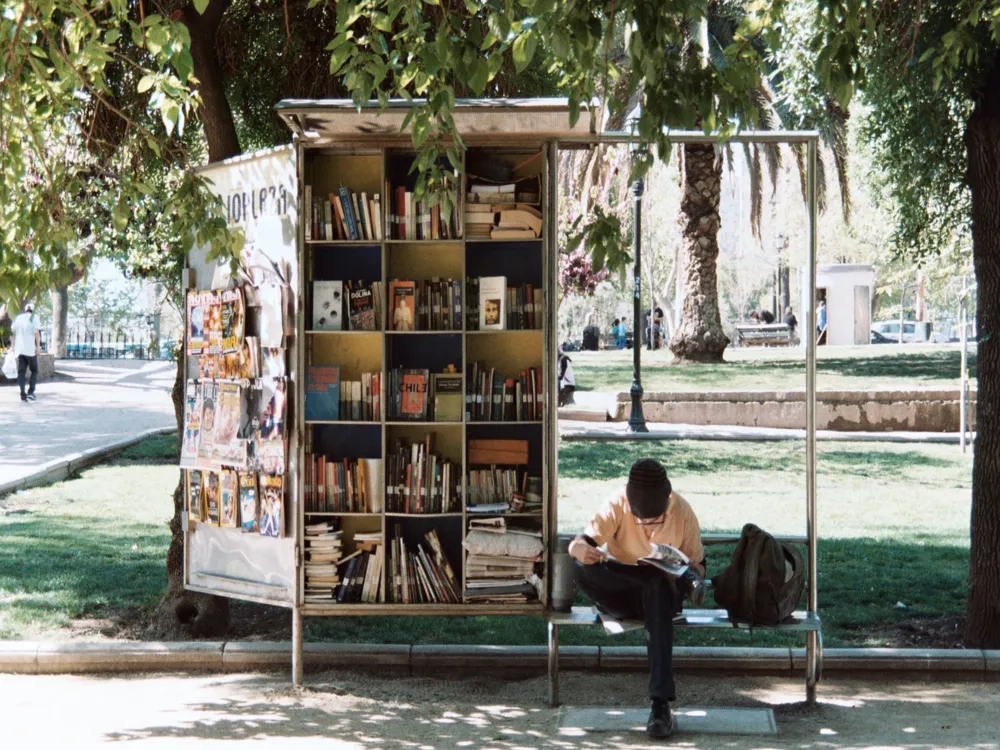Nestled in the heart of Jhansi, Uttar Pradesh, the Orchha Fort Complex stands as a testament to India's rich historical tapestry. Established in the 16th century by the Bundela Rajput chief, Rudra Pratap Singh, Orchha Fort is not just a fort but an intricate collection of architectural marvels. The complex houses several notable structures like Raj Mahal, Jehangir Mahal, and Sheesh Mahal, each narrating a unique story of its era. The name Orchha itself means 'hidden', and true to its name, the fort complex is a hidden gem of Indian history and architecture. The Orchha Fort Complex's history is closely linked with the Bundela dynasty. The Bundelas, known for their valor and culture, played a significant role in the region's history, leaving behind a legacy of architectural and cultural richness. The fort complex was built as the seat of power of the Bundela kings and witnessed many historical events, including the arrival of the Mughal emperor, Jahangir, in the 17th century. As one walks through the fort, they are transported back in time, witnessing the grandeur of the past. The fort's strategic position on the banks of the Betwa River adds to its natural beauty and strategic importance. The blend of Mughal and Rajput architectural styles, the intricate frescoes, and the stunning murals tell tales of the past, making the Orchha Fort Complex a must-visit destination for history enthusiasts, architects, and tourists alike. The architectural splendor of the Orchha Fort Complex is a harmonious blend of Mughal and Rajput styles, reflecting the cultural confluence of the time. The fort's layout and design demonstrate the advanced architectural skills of the 16th century, characterized by domes, chhatris (cenotaphs), frescoes, and mural paintings. The Raj Mahal, one of the primary structures within the complex, stands out for its exquisite murals and frescoes that adorn its interiors. These paintings depict various religious themes and offer a glimpse into the spiritual life of the era. The palace's architecture features a series of courtyards connected by arched passageways, intricately carved out columns and brackets, and a sophisticated ventilation system that speaks of the engineering prowess of its builders. Jehangir Mahal, another prominent structure, was built to commemorate the visit of Mughal Emperor Jahangir. Its strong, robust exterior contrasts with the delicate chhatris and trellis work that adorn it, exemplifying the fusion of Mughal and Rajput styles. The palace is known for its impressive hanging balconies, arches, and the panoramic views of the town it offers. Sheesh Mahal, now converted into a heritage hotel, reflects a different aspect of the Orchha architecture. Its mirror work, once a symbol of royal luxury, continues to fascinate visitors. The Sheesh Mahal, with its ornate decorations and intricate craftsmanship, showcases the lavish lifestyle of the erstwhile rulers. The fort complex is also home to numerous temples and chhatris, each presenting a unique architectural style, adorned with exquisite carvings and paintings. These structures are not just architectural marvels but also a window into the religious and cultural life of the Bundela dynasty. The ideal time to visit Orchha Fort Complex is from October to March when the weather is pleasant, making it easier to explore the vast complex comfortably. Opt for a guided tour to gain deeper insights into the history and architecture of the fort. Knowledgeable guides bring the past to life with fascinating stories and facts. For photography enthusiasts, the fort offers stunning views, especially during sunrise and sunset. Carry a good camera to capture the architectural beauty and scenic landscapes. Don't miss out on the local cuisine. The area around Orchha is known for its delicious and unique Bundelkhandi dishes. While exploring the fort and its temples, remember to respect local customs and traditions. Dress modestly and be mindful of religious sentiments. Orchha offers a range of accommodation options from budget stays to luxury hotels. Consider staying in the Sheesh Mahal for a unique experience. Orchha is well-connected by road, rail, and air. The nearest airport is Gwalior, about 123 km away. Jhansi, 16 km from Orchha, is the nearest major railway station, connecting the town with major cities across India. Regular bus services also connect Orchha with major cities in Madhya Pradesh and neighboring states. For local transport, taxis and auto-rickshaws are readily available. Read More:Overview of Orchha Fort Complex in Jhansi, Uttar Pradesh
Architecture of Orchha Fort Complex
Tips When Visiting Orchha Fort Complex
Best Time to Visit
Guided Tours
Photography Tips
Local Cuisine
Cultural Etiquette
Stay and Accommodation
How To Reach Orchha Fort Complex
Orchha Fort Complex
Jhansi
Uttar Pradesh
NaN onwards
View jhansi Packages
Weather :
Tags : Forts & Palaces
Timings : 9:00 AM to 6:00 PM
Time Required : Over 2 hours
Entry Fee : INR 10 for Indians, INR 250 for foreigners
Planning a Trip? Ask Your Question
Jhansi Travel Packages
View All Packages For Jhansi
Top Hotel Collections for Jhansi

Private Pool

Luxury Hotels

5-Star Hotels

Pet Friendly
Top Hotels Near Jhansi
Other Top Ranking Places In Jhansi
View All Places To Visit In jhansi
View jhansi Packages
Weather :
Tags : Forts & Palaces
Timings : 9:00 AM to 6:00 PM
Time Required : Over 2 hours
Entry Fee : INR 10 for Indians, INR 250 for foreigners
Planning a Trip? Ask Your Question
Jhansi Travel Packages
View All Packages For Jhansi
Top Hotel Collections for Jhansi

Private Pool

Luxury Hotels

5-Star Hotels

Pet Friendly







